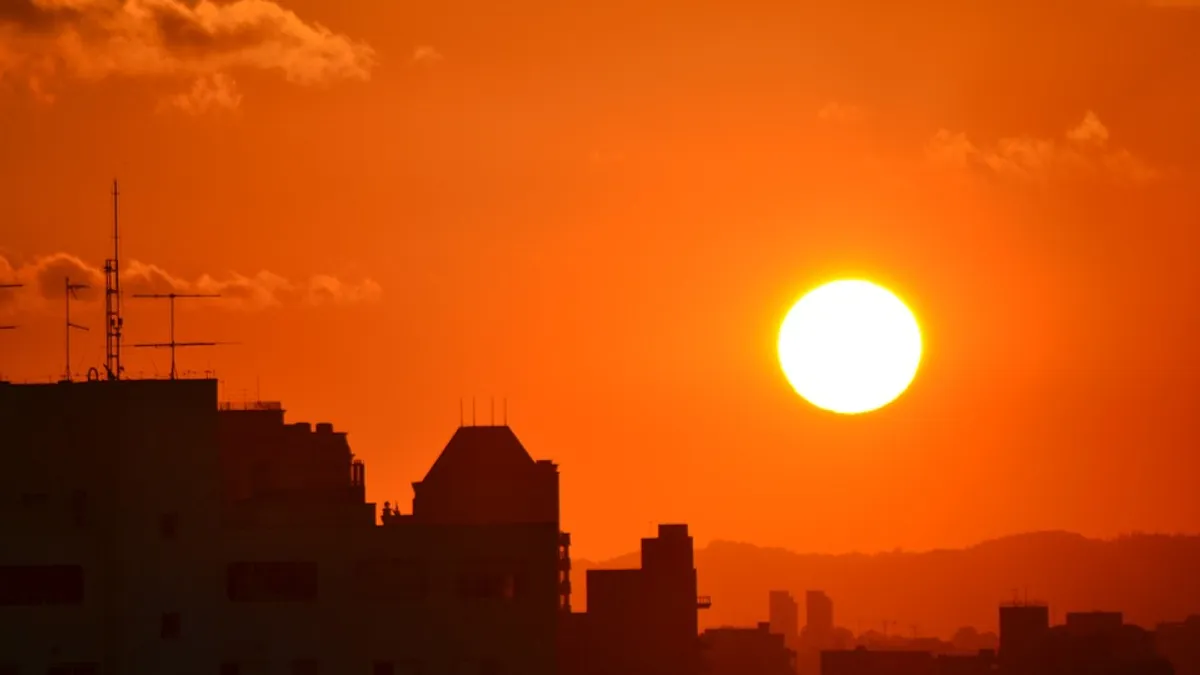The dog days of summer are when construction gets done. Without snow and ice to delay them, contractors know what to expect from the elements and can hit project milestones faster.
Unfortunately, they’re also the hottest days of the year, which leads to health and safety concerns for workers who spend long hours laboring under the sun.
In 2020, COVID-19 has thrown up another roadblock during what are usually the year’s most productive months: how to stay cool while wearing personal protective equipment (PPE).
Last week, Construction Dive reached out to our readers to learn more about how they are impacted by hotter temperatures on jobsites, and what they do to mitigate risks.
Notably, nearly 90% of readers said that the higher temperatures on jobsites made it harder to enforce mask wearing protocols to protect workers from coronavirus.
Around 94% of respondents said that heat in some way impacts their jobsites during the summer, with the biggest impact coming from slowed work, according to 93% of our readers who responded.
The most common measures readers said they used to keep workers safe were mandating more frequent breaks and monitoring workers throughout the day for signs of heatstroke.

OSHA has found that during the summer months, construction workers are among the most susceptible for heat stroke or other heat-related illness, especially for roofers and roadway workers.
In June, Kenzen released a new wearable to allow for the monitoring of worker’s body temperatures across the site, both by supervisors and the workers themselves. The issue, according to Kenzen, is that workers frequently don’t choose to stop work themselves if they’re showing signs of early heat-related illness. By having supervisors enforce breaks — as 82% of readers say they do — contractors can better protect the health of workers onsite.
But they could also do more, by ensuring workers drink more water, something just 6% of our readers emphasized.














